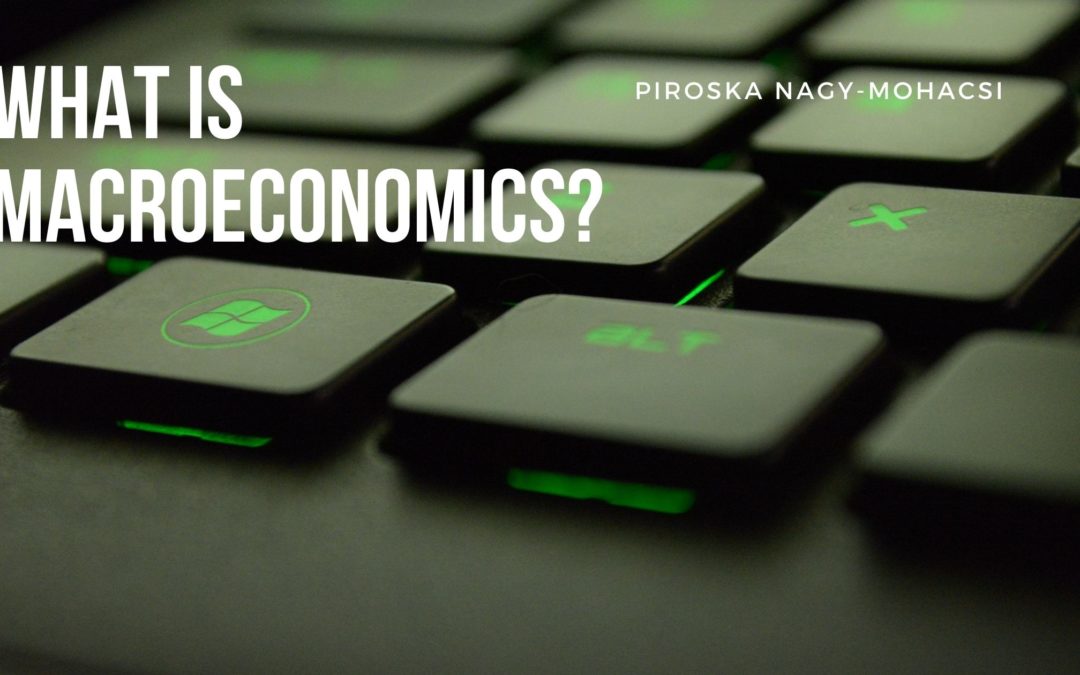To understand macroeconomics, think about the differences between the prefixes of “macro” and “micro.” The first denotes looking at the overall or “big picture” in any situation. The latter involves “zeroing in” to look at the “tiny details.”
So in terms of economics, the elements studied in macroeconomics are things like inflation, the gross domestic product (GDP) of a nation, large trends in employment and unemployment, the availability of large-scale commodities and much more.
Analyzing categories like these and then putting it all together to gain “the big picture” is what macroeconomics is all about.
An academic economist might choose the topic of inflation as he or she attempts to parse the multitude of factors that make it rise or make it recede. But inflation is not something that happens in a vacuum. For example, what effect will massive tax reduction have on inflation? What about the opposite? What if a government hiked taxes significantly? Will the latter drive inflation up or down?
It’s easy to understand why economists, government officials and the leaders of private businesses want to obtain an accurate picture of such matters. They rely on macroeconomics to formulate best policies and practices. Without good data on macroeconomics, everyone is flying blind!
Another job of the macroeconomist is to use the data to build models that illuminate the relationship between all the factors. These models, in turn, are consulted by the various movers and shakers of government and industry to make informed decisions.
By contrast, microeconomics looks at how individual people are handling their money. It also focuses in on a single company, industry or trade sector.
Note that the study of economics is sometimes called “the dismal science.” The term was coined by Scottish historian Thomas Carlyle in the 19th Century. Carlyle was addressing the issue of slavery as it affected the economies of the west.
However, some still refer to economics as the dismal science or “miserable science” today because of how resistant is it to providing absolute accuracy or a sense of certainty about what we can expect to happen in terms of money matters.
Furthermore, macroeconomics is subject to biases on the left and the right. As we all know, conservative Republicans make economic arguments based on their view of the “data and models” and liberal Democrats do the same.
They both look at the same data and come away with different conclusions.
